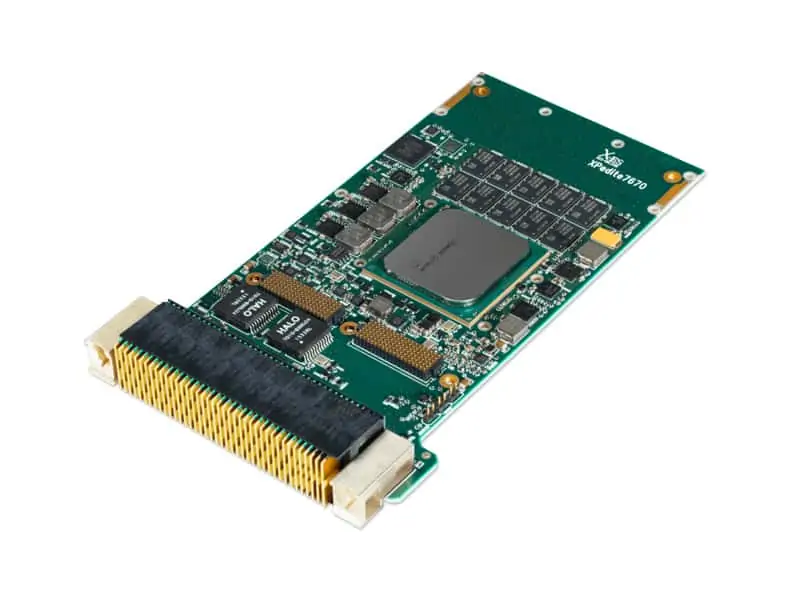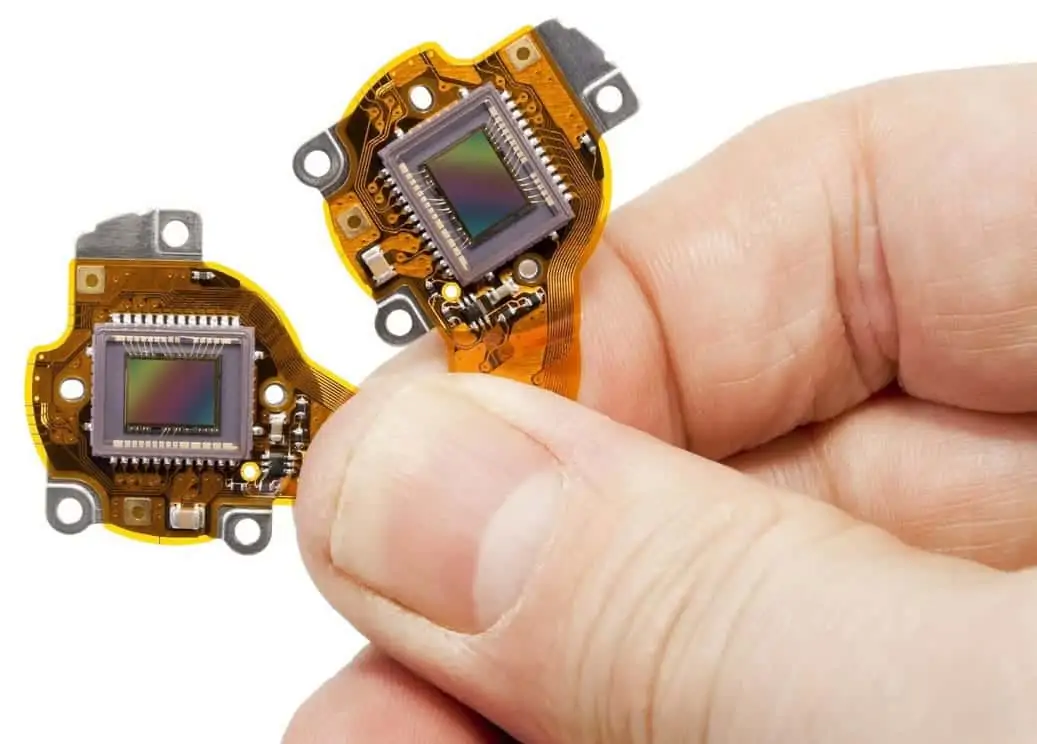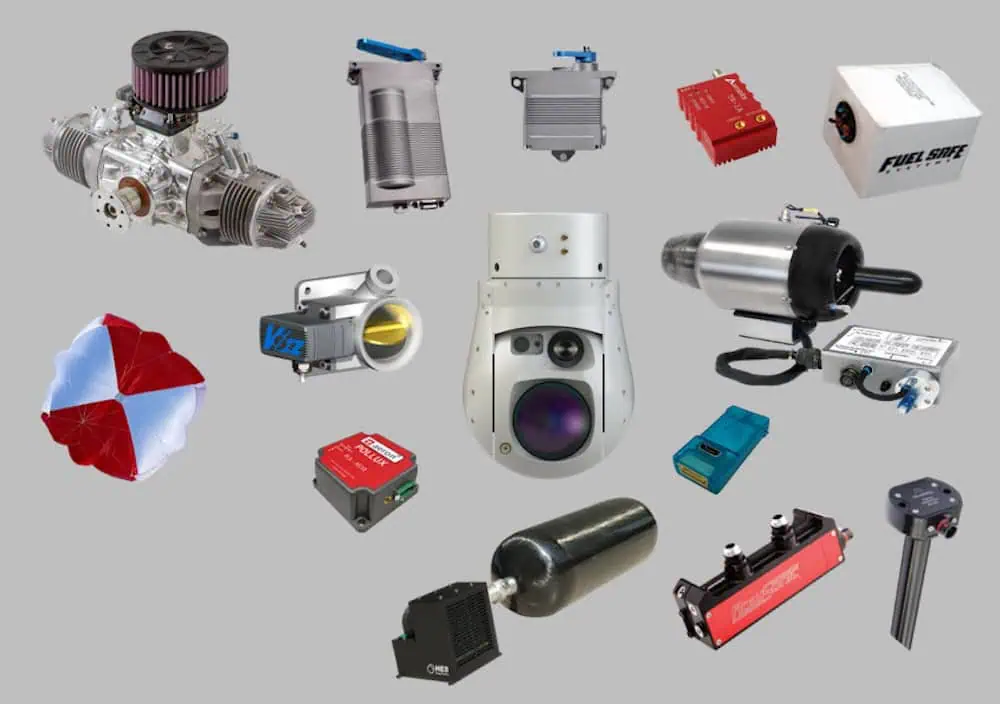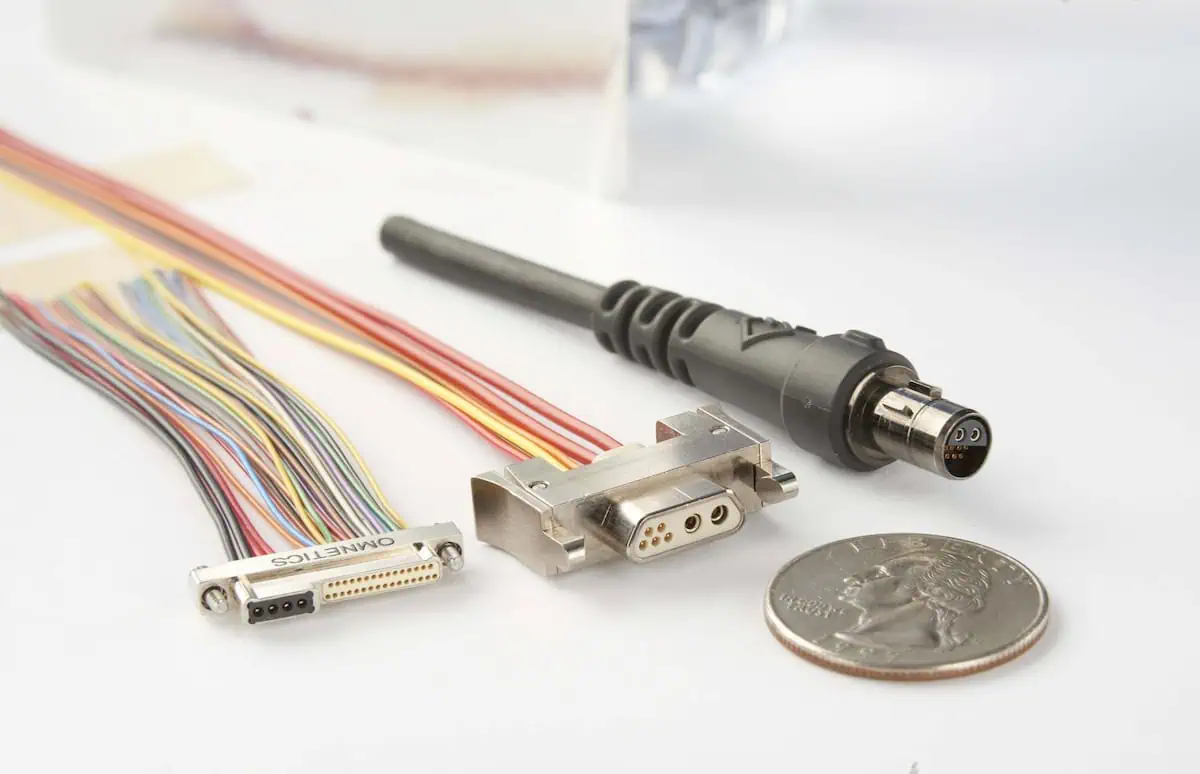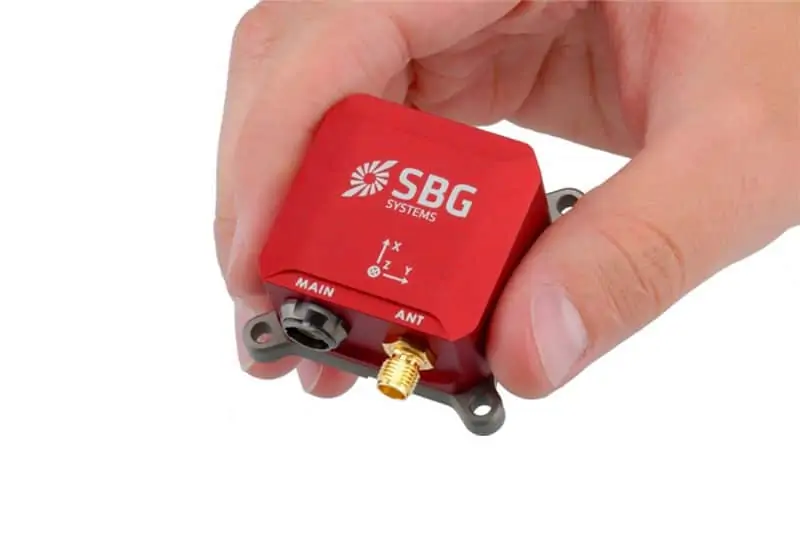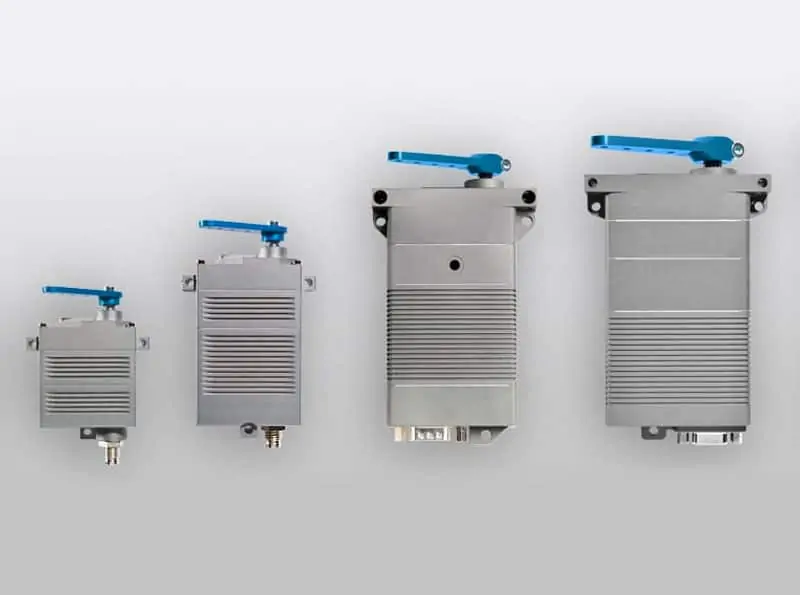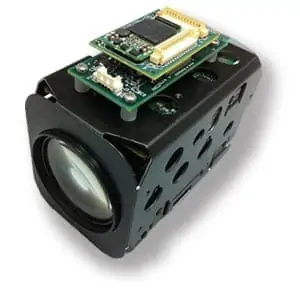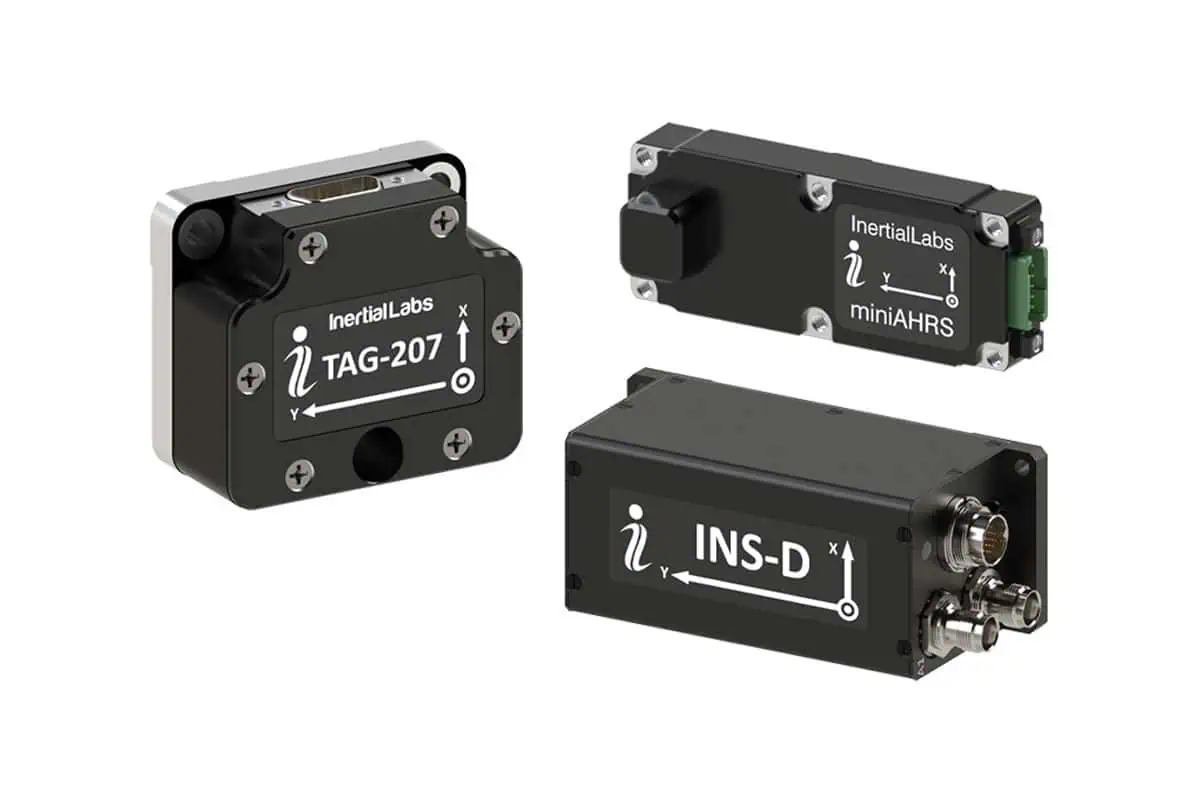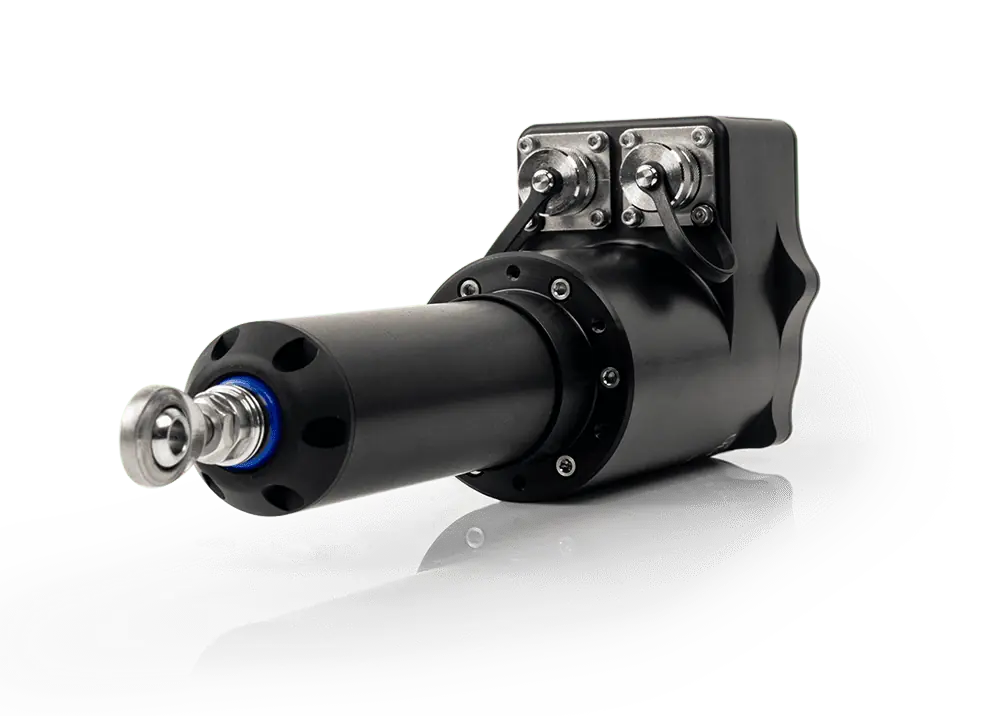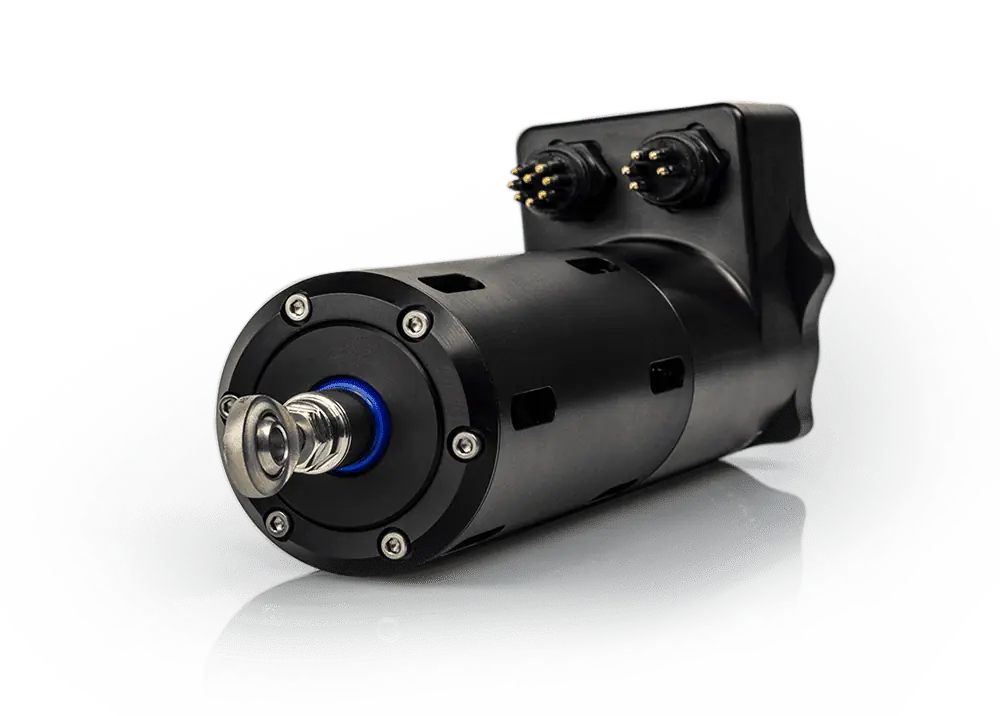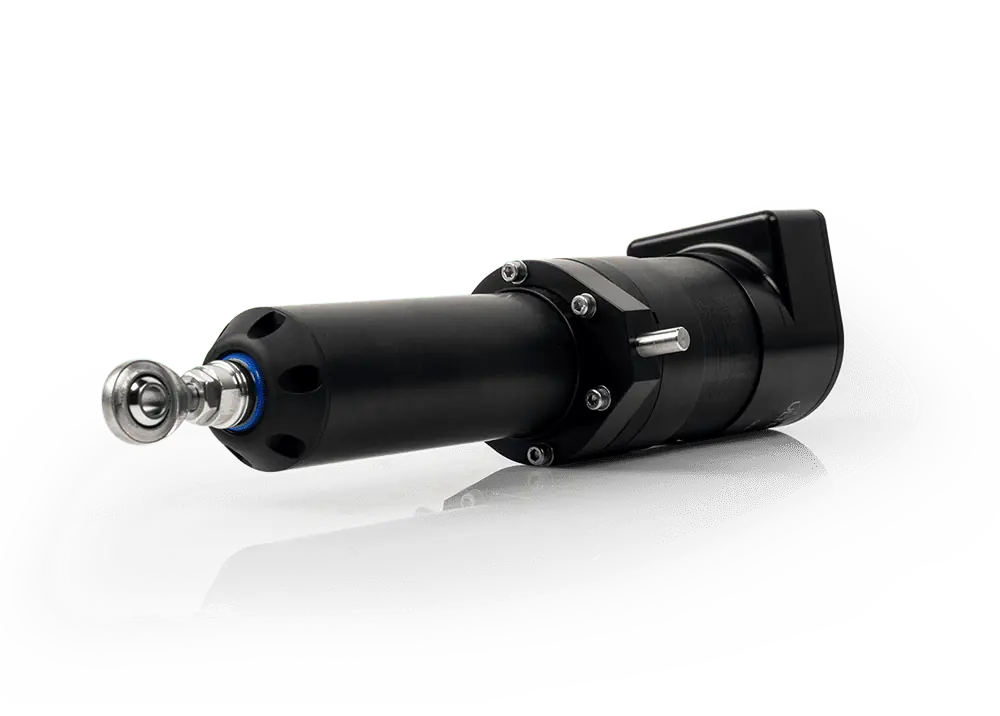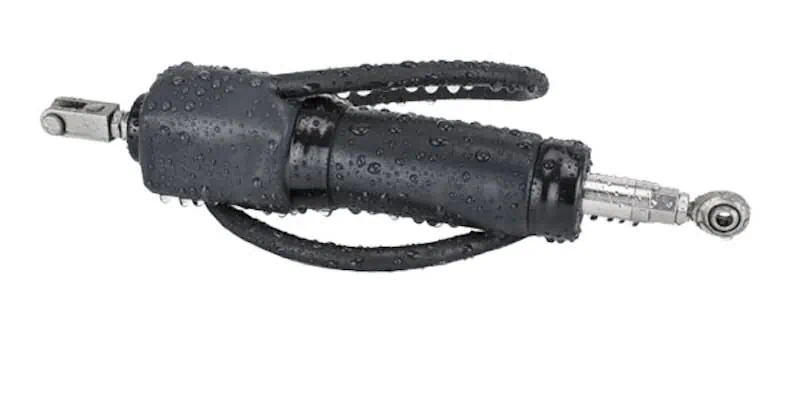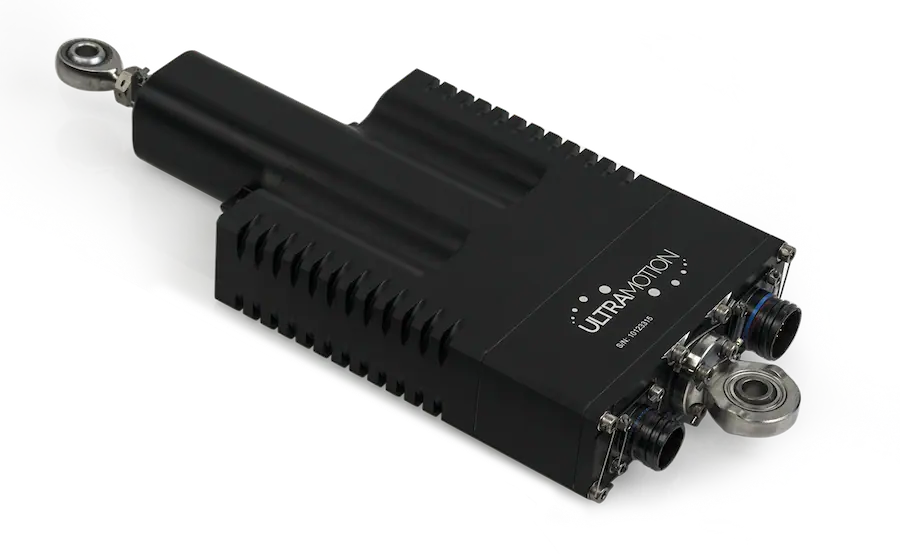
Innovative Integration of Ultrasonic Wind Sensors in UAVs
FT Technologies has unveiled a compelling case study showcasing the successful incorporation of its ultrasonic wind sensor into a fixed-wing unmanned aerial vehicle (UAV), serving as a modern substitute for traditional pitot tubes.
Introducing the Hamadori: A Versatile Unmanned Seaplane
The Hamadori, developed by Space Entertainment Laboratory, is a cutting-edge fixed-wing unmanned seaplane designed for extensive surveillance and monitoring operations, both over water and land. With an impressive flight duration of up to two hours, this UAV initially relied on a pitot tube for airspeed measurements. However, during preliminary tests, the design team encountered a significant challenge: the pitot tube became obstructed by water during takeoff and landing.
Choosing the Right Sensor for Harsh Environments
To overcome this limitation, the engineers opted for FT Technologies’ ultrasonic wind sensor, which is specifically engineered to perform reliably in marine conditions. This sensor was strategically mounted on the UAV’s nose using a 3D-printed bracket and was seamlessly integrated with the aircraft’s battery and flight control system.
Successful Testing and performance
Throughout the testing phases, the ultrasonic wind sensor functioned flawlessly, providing precise airspeed data to the flight control system. This successful integration not only highlights the sensor’s robustness but also its potential to enhance the operational capabilities of UAVs in challenging environments.

